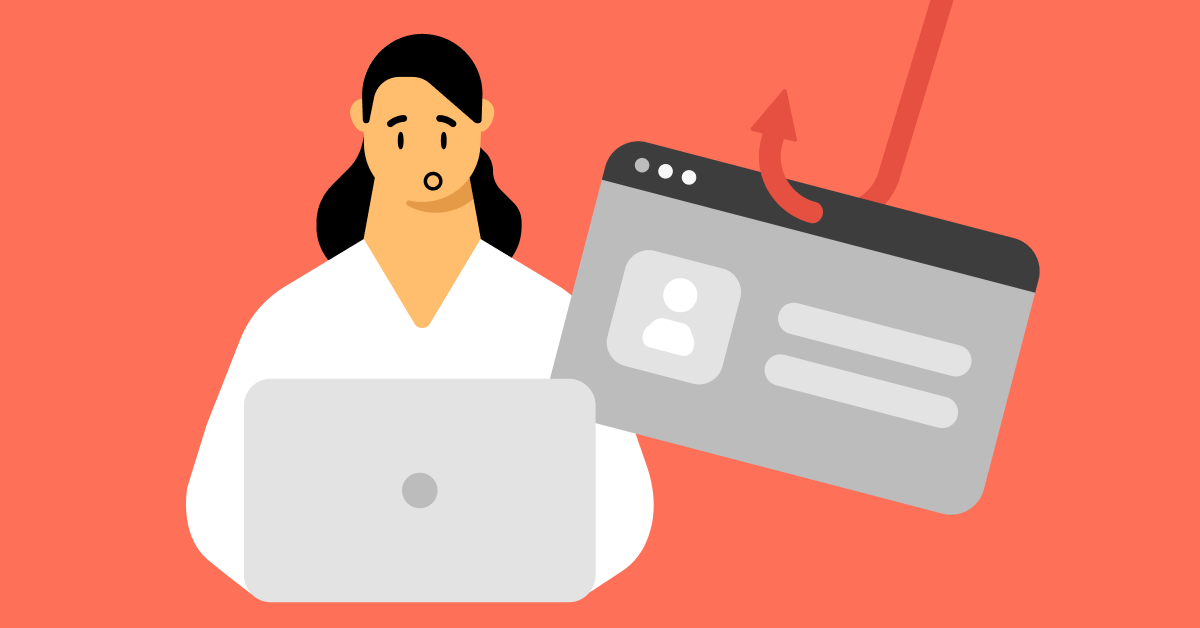10 Ways to Check if a Website is Legit or Trying to Scam You
You'd be surprised at how many people ignore the importance of checking an e-commerce site for red flags. A good place to start is the address bar.

Look for a padlock icon, which indicates that your information is secure. Also, be wary of sites that use a lot of pop-up ads or redirect you to other pages with garbage content.
1. Check the URL
You should always check the URL of a website before clicking on it. Scammers can use techniques like changing the original name or adding punctuation to create a link that looks similar to a legitimate one.
Look for misspellings, unusual domain extensions, and poor language. Sloppy design and grammar can also be a red flag. You should also look for the padlock icon in the URL bar to ensure itís secure.
2. Check the Security
Even if a website is secure, that doesnít necessarily mean itís legitimate. Watch out for pixelated graphics and low-quality illustrations, as well as awkward language that sounds like it was written by someone with a third-grade education.
Cyberattacks are constantly evolving, and black-hat hackers work íround the clock to find new ways to break into websites
https://islegitorscam.com

. But luckily, white-hat hackers work just as hard to close those doors before scammers can take advantage of them.
3. Check the Content
Websites that scammers create for their nefarious purposes can take many forms, from standalone websites to phishing pages to unauthorized overlays on legitimate sites (cybersecurity awareness). But the most important thing is to look closely at the content.
Watch out for spelling and grammar mistakes, as well as awkward language. This is a sign that the site is probably not legitimate.
4. Check the Contact Information
E-commerce websites should list contact information ó either a physical address and phone number or at least a contact form. Scammers often use poor-quality images or a confusing design to make their sites look fake.
If you notice that a website is missing this important information, report it to Google. This will help prevent others from falling victim to the same scam.
5. Check the Payment Options
Cybercriminals create fake websites to trick you into giving them your account login or credit card information. They can also use these sites to download malware on your device.
They can then use your information for phishing, identity theft, and financial fraud. Thankfully, itís relatively easy to protect yourself by not clicking on links and typing web addresses directly into your browser or saving them in your bookmarks.
6. Check the SSL Certificate
An SSL certificate shows that a site has secure connections and verified identity. It also helps you build trust with users.
The easiest way to check the SSL is by looking at the URL. If it starts with https, then the website has an SSL. You can also click the padlock icon in the browser to view more details about the certificate.
7. Check the Reviews
The internet is full of information. If you type the name of a company into Google, you can usually find reviews and other details about that business.
Keep in mind that if you see many reviews with similar spellings and grammar, it may be a fake website. Legitimate sites will take care to have accurate text.
8. Check the Social Media Links
Fake websites are often used to steal information and passwords or infect your device with malware. Some of the signs to look for include popups that are difficult to close and links to other sites that seem suspicious.
Most legitimate companies have social media accounts, so you can check those for warning signs. If they have few or no followers, it is a good indicator that the site is not a real company.
9. Check the Payment Methods
Scam websites often try to steal your financial information or sell you cheap knock-off products. If you suspect a site is fraudulent, contact your bank or credit card company and freeze any payments you made there.
Look out for any sense of urgency or fear in the website's text. Also, beware of pixelated images or awkward designs that seem out of place. Legitimate sites take care to make their websites professional-looking.
10. Check the Customer Service
A scam website may not steal your passwords or money, but it could still infect your device with malware. If this happens, run a virus scan and report the site to your bank and credit card companies.
A good website looks streamlined and polished. If the language feels awkward or there are spelling and grammar mistakes, itís a warning sign. Pixelated or low-quality images and logos are another warning sign.
--
 Abdul Alim - 2023-07-22
Abdul Alim - 2023-07-22
Comments
 Look for a padlock icon, which indicates that your information is secure. Also, be wary of sites that use a lot of pop-up ads or redirect you to other pages with garbage content.
1. Check the URL
You should always check the URL of a website before clicking on it. Scammers can use techniques like changing the original name or adding punctuation to create a link that looks similar to a legitimate one.
Look for misspellings, unusual domain extensions, and poor language. Sloppy design and grammar can also be a red flag. You should also look for the padlock icon in the URL bar to ensure itís secure.
2. Check the Security
Even if a website is secure, that doesnít necessarily mean itís legitimate. Watch out for pixelated graphics and low-quality illustrations, as well as awkward language that sounds like it was written by someone with a third-grade education.
Cyberattacks are constantly evolving, and black-hat hackers work íround the clock to find new ways to break into websites https://islegitorscam.com
Look for a padlock icon, which indicates that your information is secure. Also, be wary of sites that use a lot of pop-up ads or redirect you to other pages with garbage content.
1. Check the URL
You should always check the URL of a website before clicking on it. Scammers can use techniques like changing the original name or adding punctuation to create a link that looks similar to a legitimate one.
Look for misspellings, unusual domain extensions, and poor language. Sloppy design and grammar can also be a red flag. You should also look for the padlock icon in the URL bar to ensure itís secure.
2. Check the Security
Even if a website is secure, that doesnít necessarily mean itís legitimate. Watch out for pixelated graphics and low-quality illustrations, as well as awkward language that sounds like it was written by someone with a third-grade education.
Cyberattacks are constantly evolving, and black-hat hackers work íround the clock to find new ways to break into websites https://islegitorscam.com
